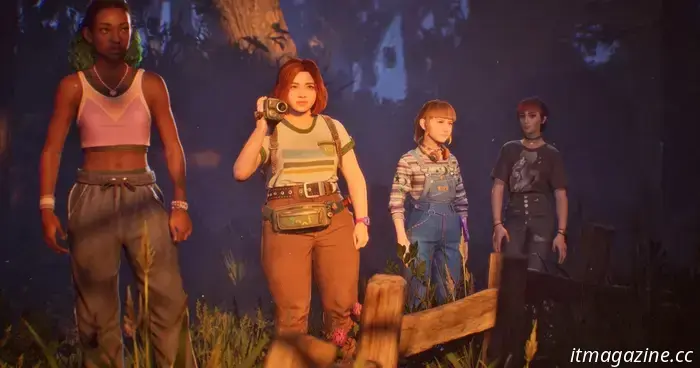
Lost Records: Bloom and Rage review: punk rock endures.
Lost Records: Bloom and Rage
MSRP: $40.00
"Lost Records: Bloom and Rage pays homage to 90s angst and the riot grrrl rock scene through a heartfelt coming-of-age narrative."
Pros
- Natural flow of dialogue
- Authentic camcorder appeal
- Impressive soundtrack
- Excellent coming-of-age storyline
Cons
- Takes time to pick up speed
- Supernatural mystery feels underwhelming
Growing up in a small town, punk rock becomes more than just music: it’s a lifeline. Distorted guitars echoing from garages serve as the anthem of rebellion. It’s the sound that authorities want to silence, that parents detest, and that politicians vilify. It’s loud and confrontational. In Lost Records: Bloom and Rage, it embodies freedom.
Set against the backdrop of 90s discontent, the latest title from the creators of Life is Strange honors a riot grrrl movement that shaped a generation. This narrative adventure centers on the coming-of-age journey of four teenage girls striving to discover themselves within the confines of a stifling town—a place where grim locals act as jailers, and the shrieking guitars of Bratmobile’s Love Thing provide the motivation for an escape.
You can’t keep us trapped here forever. The bars won’t contain us. We’ll break through the barriers, and then we’ll consume you whole.
Lost Records: Bloom and Rage represents a sophisticated reimagining of the Life is Strange formula with a wide spectrum of emotions. It unfolds slowly, grappling with the balance between grounded realism and supernatural elements, yet its core beats like a bass in the quiet of night.
The essence of the 90s
Lost Records unfolds its enigmatic tale across two generations. In the present, Swann returns to her hometown to reconnect with childhood friends she hasn’t seen in years. We begin to uncover the reasons for this gap through flashbacks of their rebellious youth in the 90s. In these earlier times, Swann moves into town and forms bonds with Nora, Kat, and Autumn. The friends share a pivotal summer, uniting over punk rock and transforming an abandoned shack into a refuge from their dreary town that they yearn to escape. It’s an honest coming-of-age narrative about self-discovery, queer identity, and recognizing what truly deserves resistance, all while a simmering supernatural enigma looms from a luminous void in the woods.
To narrate this story, Don’t Nod utilizes the hallmark narrative techniques that characterized Life is Strange. The story is rich with difficult choices leading to branching paths that determine the trajectory in both past and present. However, several new adjustments enhance this formula significantly. Choices, for example, feel more seamless. They aren’t highlighted as pivotal moments indicating that players face a crucial decision. I only recognized the impact of my choices once I completed the game, observing the various permutations available within the narrative. Lost Records feels more organic that way. Our lives and relationships are influenced as much by the subtle moments as they are by significant choices.
Lost Records includes numerous understated scenes that render all the chaos worthwhile.
This concept is integrated into the dialogue system, which transcends simply selecting the next statement from a set of options. Don’t Nod prompts players to genuinely listen to their conversational partners rather than solely concentrating on their replies. During interactions, I’m often presented with two or three dialogue options. If I’m impatient, I might interrupt before my friends finish speaking. However, sometimes a different option arises if I allow the other person to speak longer. This is countered by the time restraint on some responses; remaining silent too long could lead to misinterpretation. This creates a compelling tension, requiring me to balance being an attentive listener with expressing my thoughts without delay. It captures the intricate subtleties of communication, particularly for a teenager trying to assert herself without feeling embarrassed in front of the cool crowd.
This authentic touch shines through in Lost Records' standout element: the camcorder. Swann isn’t a musician like her friends but an aspiring videographer who always has a camera in hand. While exploring between dialogue segments, I can whip out my camera and capture scenes from birds to picturesque landscapes. It serves as a clever substitute for traditional collectibles, emphasizing Swann’s wish to document her surroundings.
As someone who filmed on mini DV camcorders frequently as a child, it remarkably portrays authenticity. My footage features a grainy filter reminiscent of the time, and I can use the DualSense’s gyroscope on PS5 to introduce a natural handheld shake. The camera even continues recording for a brief moment after I press the button, creating shots that end with a quick tilt down to my feet, just like the real-life footage I once captured.
Such details foster a more tangible representation of the 90s rather than indulging in shallow nostalgia. It wasn’t just about Furbys and Moon Shoes—it was an era characterized



Other articles
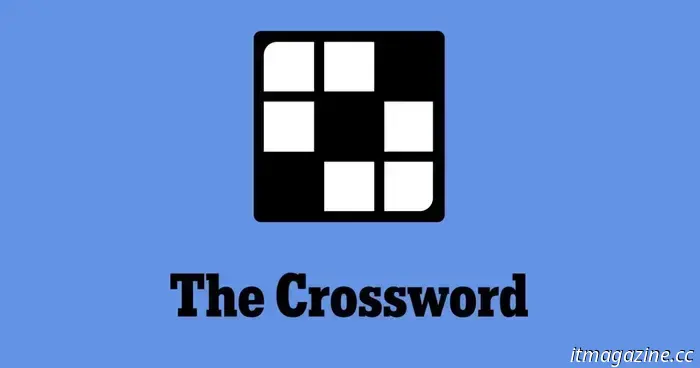 NYT Crossword: solutions for Thursday, April 17
The crossword puzzle in The New York Times can be challenging, even if it's not the Sunday edition! If you're facing difficulties, we're available to assist you with today’s clues and solutions.
NYT Crossword: solutions for Thursday, April 17
The crossword puzzle in The New York Times can be challenging, even if it's not the Sunday edition! If you're facing difficulties, we're available to assist you with today’s clues and solutions.
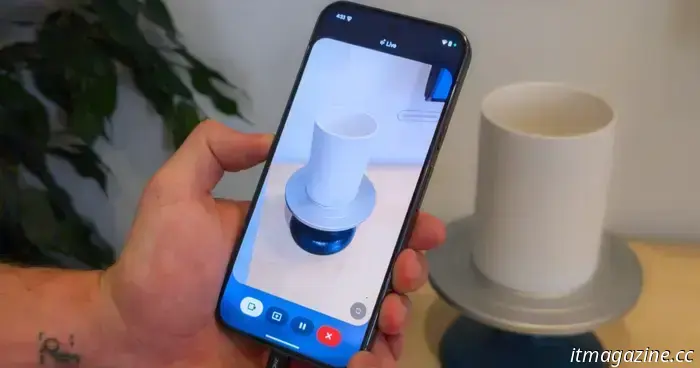 The most intriguing feature of Gemini is now available for free to all Android users.
Google has announced that the impressive Gemini screen sharing and camera functionality will be accessible to all Android users.
The most intriguing feature of Gemini is now available for free to all Android users.
Google has announced that the impressive Gemini screen sharing and camera functionality will be accessible to all Android users.
 Paebbl launches the 'world's first' demonstration plant that converts CO2 into dust.
Paebbl, the startup that converts CO2 into dust, has launched its inaugural demo plant in Rotterdam, Netherlands.
Paebbl launches the 'world's first' demonstration plant that converts CO2 into dust.
Paebbl, the startup that converts CO2 into dust, has launched its inaugural demo plant in Rotterdam, Netherlands.
 ChatGPT now understands images more effectively than both an art critic and an investigator together.
The recent image generation features of ChatGPT have posed a challenge to our earlier perceptions of AI-produced media. The newly unveiled GPT-4o model showcases impressive skills in accurately interpreting images and recreating them with viral appeal, reminiscent of styles like those from Studio Ghibli. It has also excelled in handling text within AI-generated images, a task that has been challenging for AI in the past. And [...]
ChatGPT now understands images more effectively than both an art critic and an investigator together.
The recent image generation features of ChatGPT have posed a challenge to our earlier perceptions of AI-produced media. The newly unveiled GPT-4o model showcases impressive skills in accurately interpreting images and recreating them with viral appeal, reminiscent of styles like those from Studio Ghibli. It has also excelled in handling text within AI-generated images, a task that has been challenging for AI in the past. And [...]
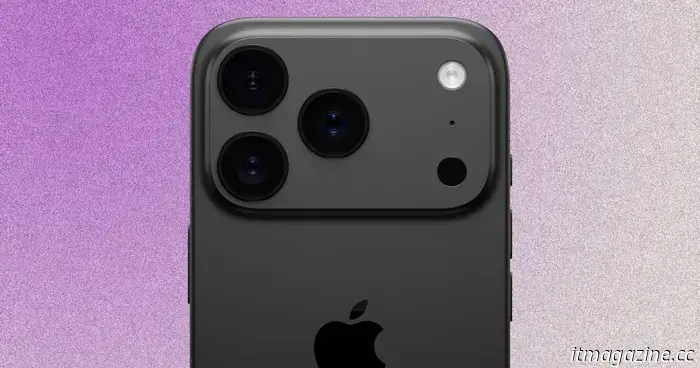 A new render of the iPhone 17 Pro leaves us speculating about its final design.
A new render of the iPhone 17 Pro has surfaced, reinforcing the notion that it will not feature a two-toned rear.
A new render of the iPhone 17 Pro leaves us speculating about its final design.
A new render of the iPhone 17 Pro has surfaced, reinforcing the notion that it will not feature a two-toned rear.
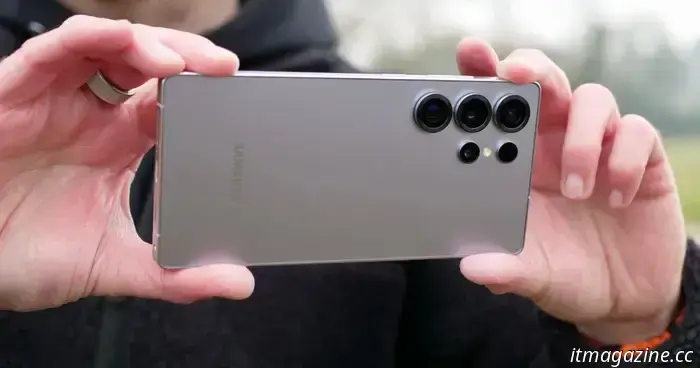 The Galaxy S25 does not appear to be the success that Samsung had hoped for.
Data indicates that Samsung is just slightly ahead of Apple in terms of market share, as their strategies may not have performed as anticipated.
The Galaxy S25 does not appear to be the success that Samsung had hoped for.
Data indicates that Samsung is just slightly ahead of Apple in terms of market share, as their strategies may not have performed as anticipated.
Lost Records: Bloom and Rage review: punk rock endures.
Lost Records: Bloom and Rage reimagines the Life is Strange formula, crafting a profoundly emotional coming-of-age narrative set in the 90s.
